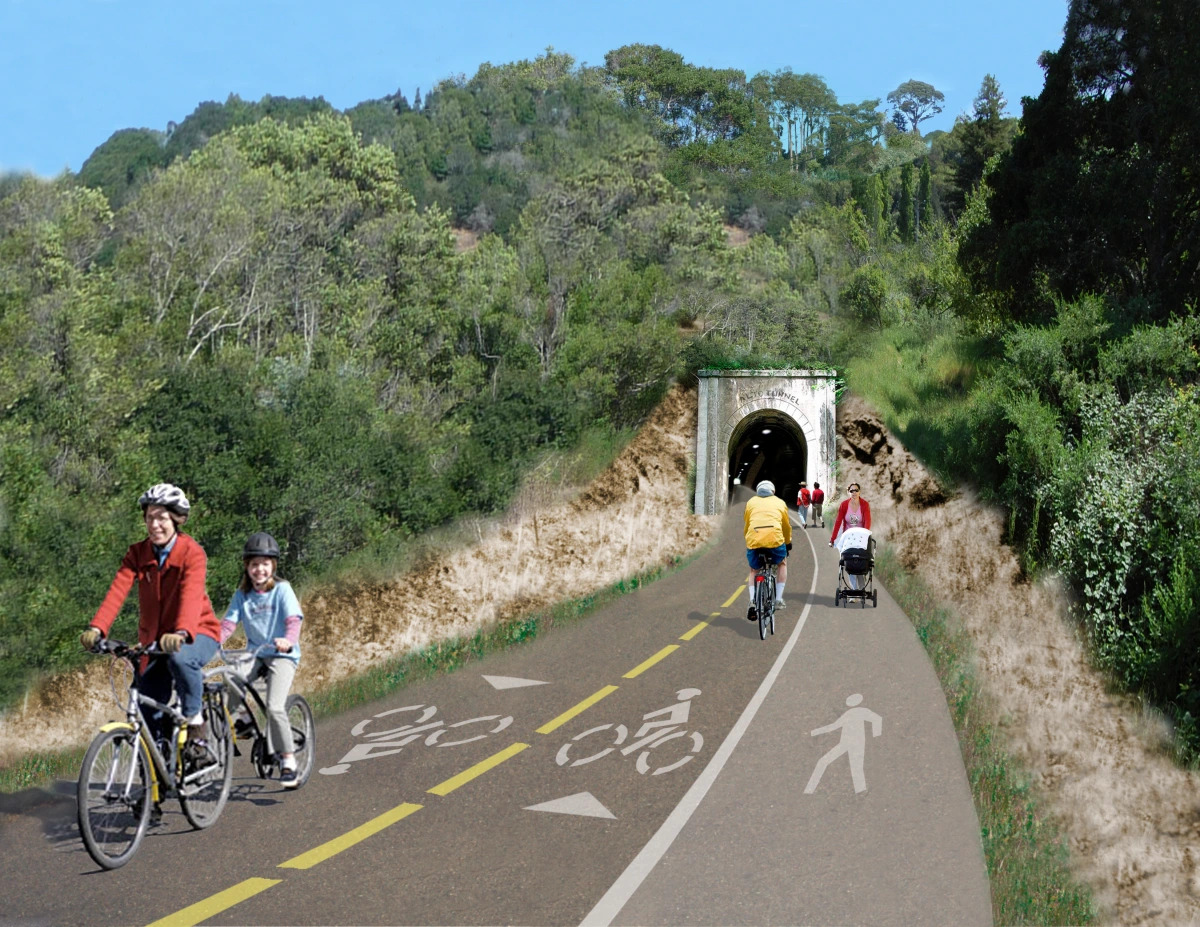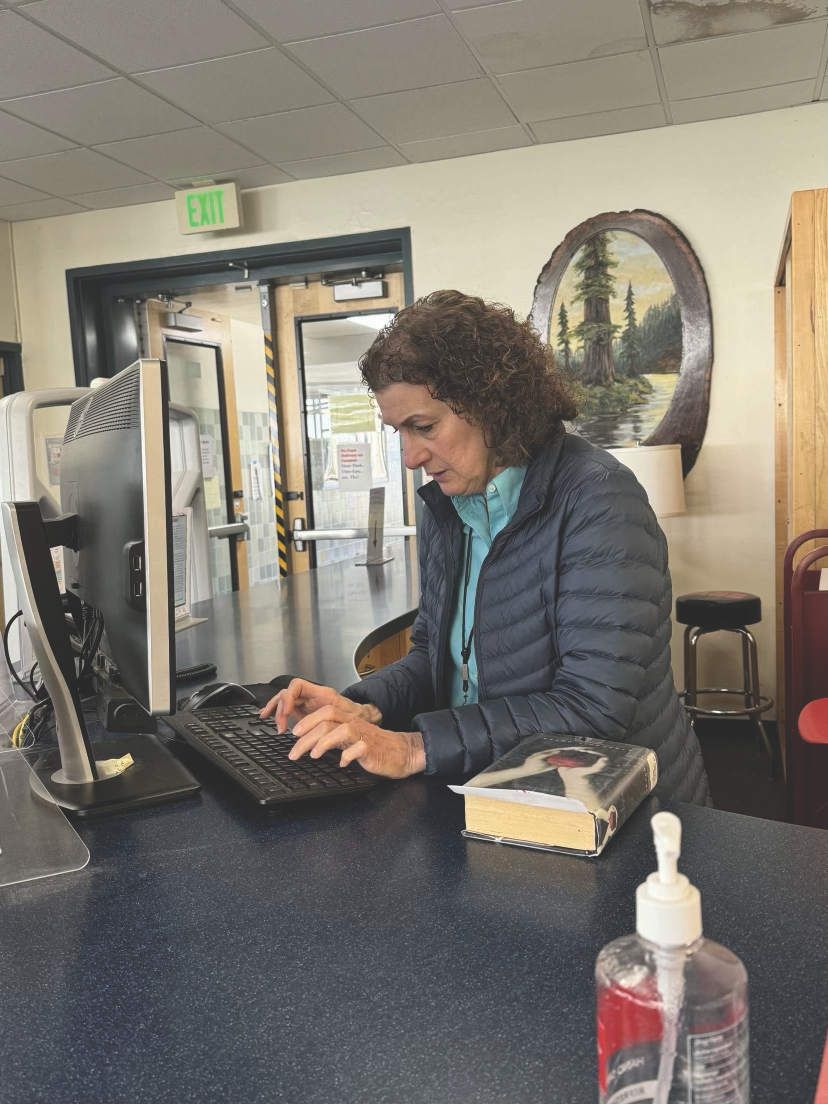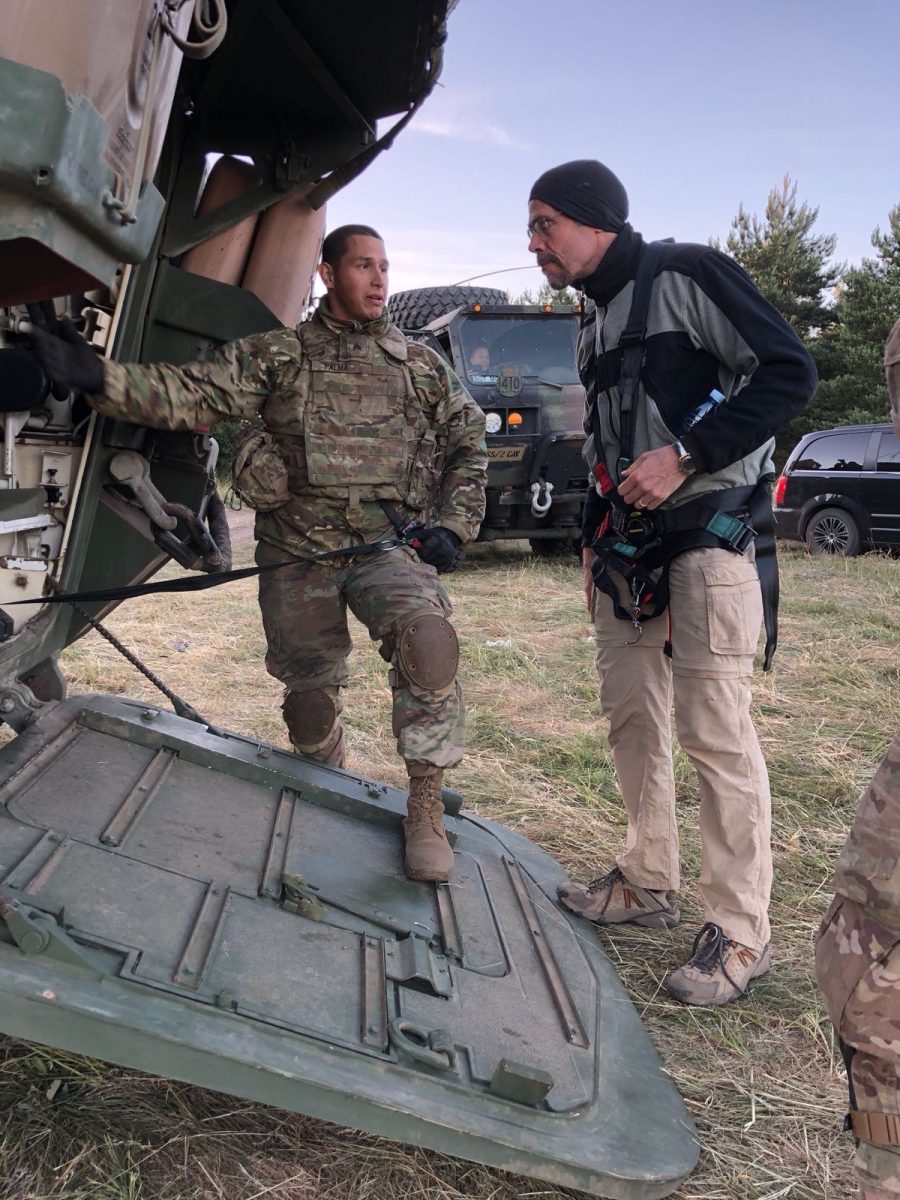While most students are sitting in classrooms and listening to lectures, one group of students is designing, building, and testing their own bicycle-like vehicles.
Students in Richard Esteb’s year-long Engineering Projects class have spent their Spring semester creating human-powered vehicles, amalgams of welded steel and bicycle parts which are powered by pedaling.
The students often come into the class with little prior knowledge of engineering and building, according to Esteb. Over the course of the year, they learn how to design structures and weld—the human-powered vehicles utilize these skills.
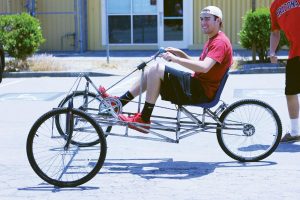
“The goal of this class is to learn how things work,” Esteb said. “They are learning how to construct these things, and then how to fix the failures—because there will be failures, things don’t work right—and they have to repair them and fix them so they do work.”
The students started out with various bicycle parts, such as wheels and pedals, and steel tubing. They had to use these components to create three- or four-wheeled vehicles of their own design.
Over the past few weeks, the students in the Engineering Projects class have been perfecting their vehicles—tightening brakes, fixing steering, and tightening the chains.
The human-powered vehicle project culminated last Friday, when the students raced the vehicles.
A large aspect of the project was the design and planning aspect, according to senior Jonathan Gibbs.
“We did a 3-D design on the computer, and then we used that and made a full-scale blueprint on big butcher paper,” Gibbs said. “It was a while before we got going with building the project.”
Many of the Engineering Projects students agreed that a difficult aspect of building the human-powered vehicles was the constant revision process and the overhauls that the vehicles underwent.
“Just when we think something’s made correctly, it’ll break,” senior Sepehr Araghi said.
“The hardest part was probably taking the design and actually building things with it,” Gibbs said. “Certain things didn’t fit, they didn’t work as designed, and that’s where a lot of the innovation and re-working happened.”
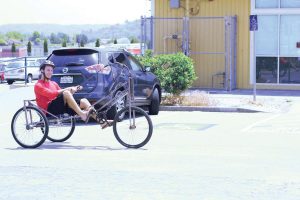
Many of the groups needed to get creative in their designs when the original iterations of their vehicles didn’t work as planned.
“Our steering originally was more just like a bicycle where you’re on top of the steering, but that didn’t work out so we had to design our own, more creative steering, which was pretty difficult,” junior Weston Ruhland said. “It’s not smooth as a normal bike, but it gets the job done.”
“A lot of it was just kind of go along, see what works, if it doesn’t work scrap it and try something else,” junior Chris O’Day said.
Another difficult aspect of the project was collaborating with group members, who, according to O’Day sometimes had conflicting views.
“They are learning how to construct these things, and then how to fix the failures—because there will be failures, things don’t work right—and they have to repair them and fix them so they do work,” Esteb said.
Despite some difficulties, many agreed that the project was rewarding.
“The most enjoyable part was when we put on the last wheel, and it was able to stand by itself without us having to put a stool on the end to support it,” Araghi said.








